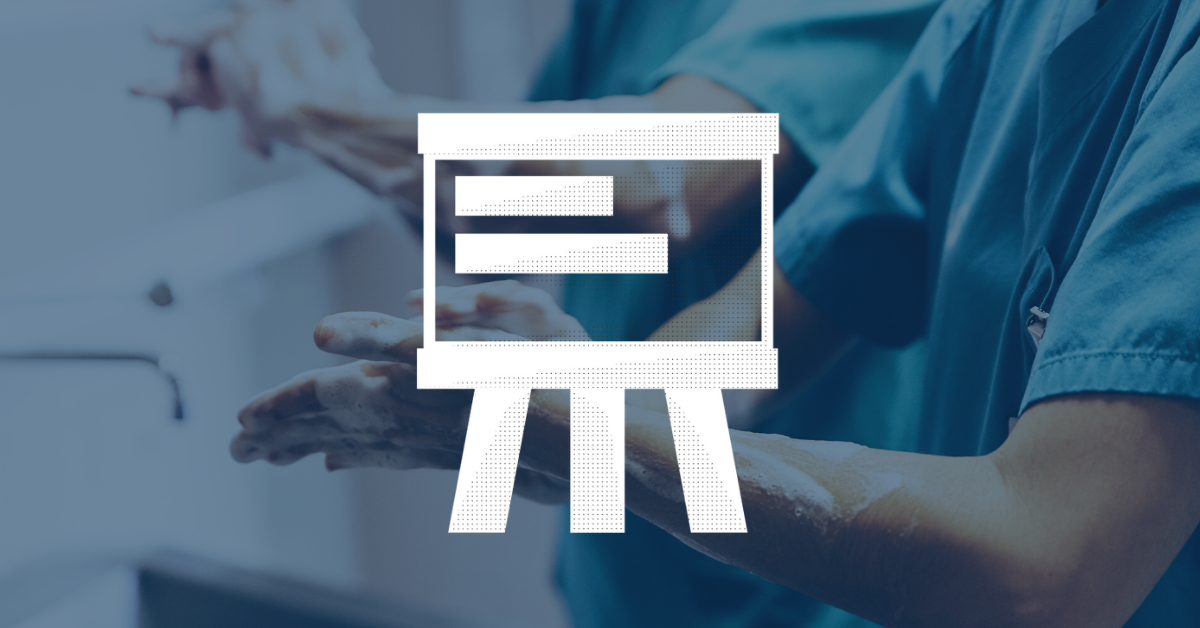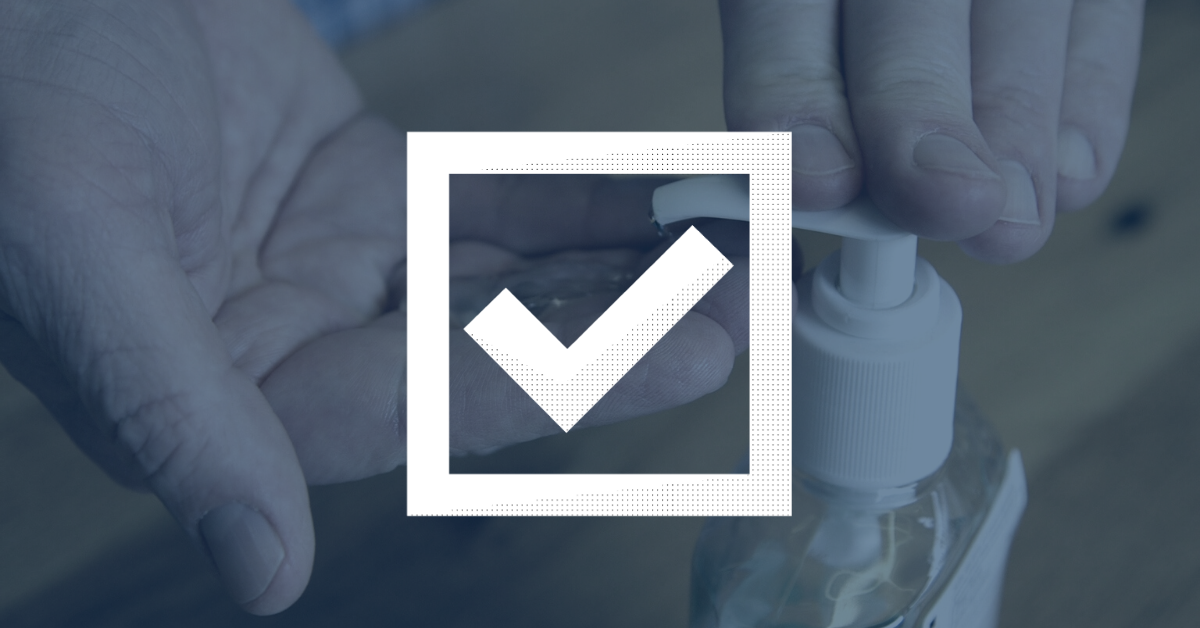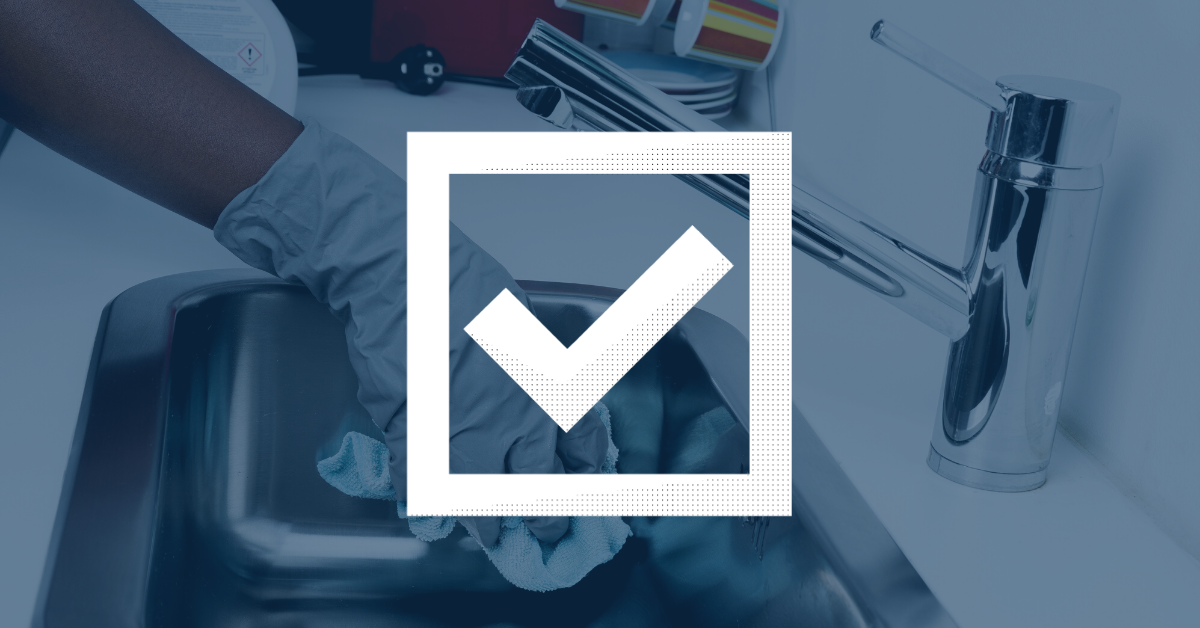Nearly six months after the WHO declared COVID-19 a pandemic, employers continue to do the hard, yet critical work of choosing how to respond to the coronavirus pandemic to meet the needs of employees, clients, and the business.
Companies that fail to act could wind up facing serious fines. In September 2020, 19 Michigan businesses faced $51,400 in penalties from the Michigan Occupational Safety and Health Administration (MIOSHA) as a result of COVID-19 workplace safety violations. The Biden administration gave OSHA two weeks to produce new guidance in 2021, and OSHA delivered on January 29, with an eye on a federal emergency standard by March 2021.
At Safesite, we are continually working to assess our preparedness and train our employees and want to provide you with the resources you need to do the same.
Using guidelines from the WHO, CDC, OSHA, and the Red Cross, we’ve developed a number of coronavirus checklists and meeting templates that are available here and for free on the Safesite app.
Want to download this article and read it later? Get the PDF straight to your device.

Coronavirus & Flu Prevention PPT Meeting Template
This meeting covers the definition of a pandemic, symptoms of COVID-19 and influenza, and how to prevent infections at work through handwashing and other hygiene practices.
It also includes opportunities to discuss your company policies regarding staying home, working from home, and returning to work following an illness, as recommended by OSHA’s January 29, 2021 guidance.
There are four ways to use this meeting:
- Get the talking points and log attendance for free on Safesite (iOS, Android, Desktop)
- Download and customize the Coronavirus & Flu Prevention PPT
- Copy and edit this meeting on Google Slides
- Download this meeting as a PDF

Coronavirus Preparedness Checklist Template
This checklist will help you audit your coronavirus preparedness, including tasks like employee training, preventive measures, janitorial supplies, and infection control measures.
There are multiple ways to access this template:
- Conduct this inspection on the Safesite app for free (iOS, Android, Desktop)
- Download the Coronavirus Preparedness Checklist PDF
- Download it as an Excel Spreadsheet
- Access the template as a Google document
- View and download the Google sheet

Business Contingency Planning Checklist Template
As you prepare your employees to face a pandemic, you must also prepare your company. This checklist is based on CDC guidelines and will help you audit your business arrangements, policies, and chain of command.
There are a number of ways to use this checklist:
- Conduct this inspection on the Safesite app for free (iOS, Android, Desktop)
- Download the Contingency Planning Checklist PDF
- Download the Excel Spreadsheet
- Copy and edit the Google document
- Copy and edit the Google spreadsheet
COVID-19 Safety Awareness Toolbox Talk – General Industry
Boost awareness and vigilance by running COVID-19 toolbox talks. Use this toolbox talk across industries, including manufacturing, to discuss what COVID-19 is, how it spreads, and what to do if a worker recognizes common COVID-19 symptoms.
Find the toolbox talk on the Safesite app or use our template:
- Get talking points and log attendance for free (iOS, Android, Desktop)
- Copy and edit the Google document
COVID-19 Safety Awareness Toolbox Talk – Construction
Construction workers are considered essential, so it’s important that every worker knows their role in preventing COVID-19 from entering the site.
Run the toolbox talk on the app or edit your own with the template:
- Get talking points and log attendance for free (iOS, Android, Desktop)
- Copy and edit the Google document
Hand Washing Toolbox Talk PPT
According to the CDC, WHO, and OSHA, hand washing and effective hand hygiene is one of the primary ways we can prevent the spread of COVID-19.
A refresher on effective handwashing is a simple meeting that can make all the difference on your site. Safesite created a safety moment toolbox talk dedicated to this important subject.
You can find this toolbox talk template in several places:
- Run this meeting in the field with the Safesite app for free (iOS, Android, Desktop)
- Get the mobile-friendly handwashing PPT template
- Download the Google presentation

Housekeeping Checklist Template
Use this daily checklist to manage workplace organization and hygiene. Be sure to provide appropriate training and PPE for employees doing housekeeping or janitorial tasks during a pandemic.
Use this checklist in the format that works best for you:
- Schedule this inspection on the Safesite app for free (iOS, Android, Desktop)
- Download the Housekeeping Checklist PDF
- Copy and edit the Google document
- Copy and edit the Google spreadsheet

Cal/OSHA Emergency Standard Checklist
California OSHA published an Emergency Standard in late 2020. The temporary standards have some overlap with existing requirements, but there are several new areas of compliance in place.
Use a version of the following checklist to manage the new emergency compliance standards:
- Conduct this inspection on the Safesite app for free (iOS, Android, Desktop)
- Download it as an Excel Spreadsheet
Are You Prepared?
As an employer, you play a critical role in the lives of your employees. You are on the hook for communicating the facts and taking reasonable measures to protect employees from exposure at work.
You can use the above resources as assets to your overall response plan, which could include:
- Following reputable sources (and encouraging your employees to do the same)
- Routinely checking new guidance from federal and state OSHA
- Communicating with your employees frequently
- Listening to your employees’ fears and feedback
- Creating an infection control plan (and funding it)
- Training your employees on your infection control measures
- Making a contingency plan to continue services
- Equipping your employees to carry out your contingency plan
- Communicating with clients and customers frequently
- Protecting medically vulnerable and temporary employees
Read more at 10 Ways Contractors and Subs Must Respond to Coronavirus, or get started free on Safesite to conduct and track your meetings and inspections digitally.
